The luxury belt has long transcended its functional purpose of holding up trousers to become one of fashion's most potent status symbols. In boardrooms and nightclubs, at art galleries and five-star hotels, the gleaming buckle and prominently displayed designer logo serve as silent heralds of the wearer's socioeconomic position. This phenomenon of "belt power" reveals fascinating insights about how humans communicate wealth and belonging through accessories in the 21st century.
Walking through any major financial district at lunch hour, one observes a sea of leather straps embossed with interlocking G's, entwined C's, or italicized F's swinging from the waists of young professionals. These aren't mere fashion choices but carefully calculated displays of personal achievement. The luxury belt functions as the most visible entry point into high-end fashion - while a $5,000 suit jacket might go unnoticed, that $600 belt buckle catches the light and the eye at every turn of the body.
The psychology behind logo display has evolved dramatically since the 1980s luxury boom. Where once subtlety signaled true wealth (recall the old money preference for unmarked cashmere and leather goods), today's aspirational consumers want their status visible. Sociologists attribute this to the "Instagramification" of social mobility - if you've worked eighty-hour weeks to afford that first piece from a heritage brand, you want people to recognize your achievement. The belt becomes a wearable promotion, announcing one's arrival at a certain economic tier.
Different luxury houses approach logo placement with distinct philosophies that reveal much about their target demographics. Some brands like Hermès keep their logos discreet, with only a small "H" clasp visible to those already in the know. Others such as Gucci and Louis Vuitton embrace bold, repetitive patterning that turns the belt into a moving advertisement. This distinction creates an unspoken hierarchy - the quieter the branding, the more one assumes the wearer needs no introduction.
Counterintuitively, the most expensive belts often bear the least obvious branding. Custom-order alligator straps from Loro Piana or Bottega Veneta's intrecciato weave pieces might cost three times a logo-laden designer belt while revealing nothing of their origin to the uninitiated. This creates fashion's version of a secret handshake - those who recognize these understated pieces immediately identify the wearer as belonging to an even more exclusive circle than the logo-flaunting crowd.
The workplace has become a particularly charged arena for belt politics. In competitive industries like finance and law, junior associates often invest in their first luxury belt as a rite of passage, believing it will help them "dress for the position they want." Meanwhile, senior executives frequently revert to unbranded leather, having nothing left to prove. This creates an inverted status display where the most powerful person in the room might wear the plainest belt - their position making any logo redundant.
Regional differences in belt symbolism add another layer of complexity. In Asian markets, where logo display carries different cultural connotations about success and respect, luxury belts enjoy even more prominence. European wearers tend toward slightly more subdued styling, while Middle Eastern consumers often prefer bold gold hardware and maximalist designs. American professionals navigate an interesting middle ground, using belts to signal both corporate conformity and individual achievement.
The secondary market for pre-owned luxury belts tells its own story about social mobility. Sites like The RealReal report that entry-level logo belts from Gucci and Louis Vuitton dominate their sales, suggesting these pieces serve as gateway items for those entering the luxury sphere. The most frequently resold items are often the most visibly branded, hinting that as consumers climb the economic ladder, they graduate to more discreet status symbols.
What makes the belt such an effective status communicator compared to other accessories? Unlike shoes that get scuffed or bags that get set down, the belt remains visible in nearly all social interactions. It bisects the body at eye level during handshakes, draws attention during gestures, and unlike jewelry, carries no gender coding that might limit its wearability. A belt also requires no particular body type to display properly, unlike fitted clothing that must flatter specific physiques.
Fashion historians trace this phenomenon back to military dress, where belts denoted rank through materials and hardware long before designers co-opted the concept. The modern luxury belt inherits this tradition of coded messaging, with different buckle shapes, leather treatments, and logo placements sending subtle signals about the wearer's taste level, spending power, and social circle. A polished silver buckle suggests different affiliations than a vintage-inspired brass closure, while a woven belt implies a different sensibility than a sleek calfskin strap.
The rise of streetwear has further complicated belt symbolism. What began as a status item for young professionals has been adopted and subverted by youth cultures - think of how Virgil Abloh's Off-White industrial belt became a ubiquitous symbol of hypebeast culture. Now we see $800 designer belts slung low over $50 hoodies, creating intentional tension between high and low fashion that communicates its own form of cultural capital.
Interestingly, the pandemic's casualization of dress codes did little to diminish the power of the luxury belt. As sweatpants became acceptable Zoom attire, the belt became one of the few remaining status markers visible on camera. Sales data shows that while suit purchases declined, belt sales remained stable - suggesting these accessories now shoulder even more symbolic weight in our increasingly informal world.
Looking ahead, sustainability concerns may reshape belt politics. As younger consumers demand ethical production, heritage brands that can combine craftsmanship with environmental responsibility may gain advantage. We're already seeing a resurgence of interest in belts that tell a story beyond status - vegetable-tanned leathers, upcycled materials, and heirloom-quality construction that promises decades of wear. The next evolution of belt power might value longevity over logos.
Ultimately, the luxury belt's endurance as a status symbol speaks to our fundamental human need to communicate belonging and achievement. In a world where first impressions increasingly happen through screens and social media, these strips of leather and metal continue to serve as physical touchpoints of identity. Whether loud with logos or whisper-quiet in their craftsmanship, they remain one of fashion's most eloquent forms of nonverbal communication about who we are - or who we aspire to be.

By /Aug 13, 2025

By /Aug 13, 2025
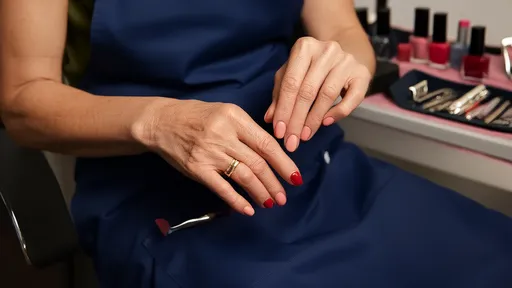
By /Aug 13, 2025

By /Aug 13, 2025

By /Aug 13, 2025

By /Aug 13, 2025
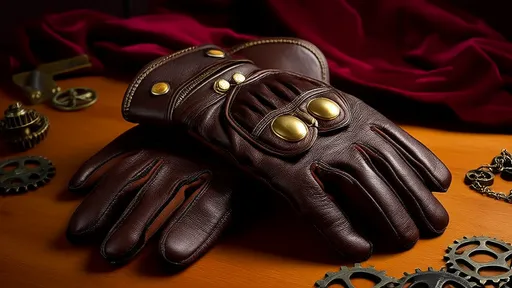
By /Aug 13, 2025
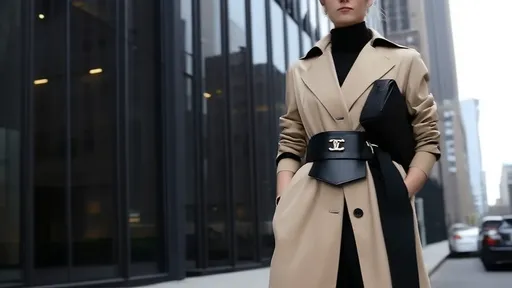
By /Aug 13, 2025

By /Aug 13, 2025
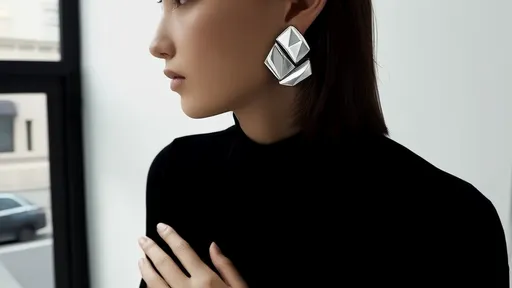
By /Aug 13, 2025

By /Aug 13, 2025

By /Aug 13, 2025

By /Aug 13, 2025

By /Aug 13, 2025

By /Aug 13, 2025
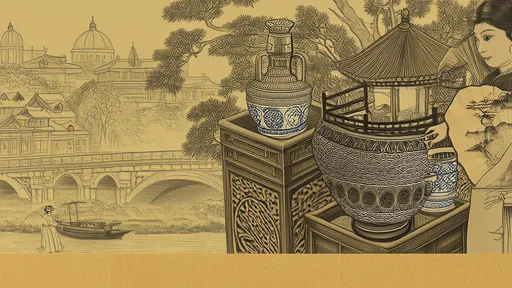
By /Aug 13, 2025

By /Aug 13, 2025

By /Aug 13, 2025
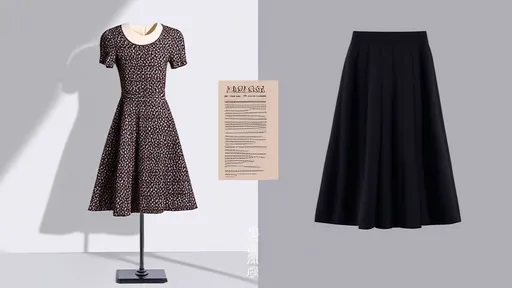
By /Aug 13, 2025
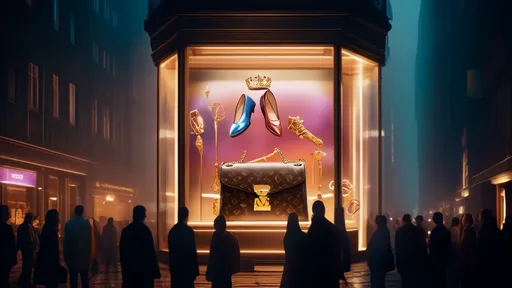
By /Aug 13, 2025